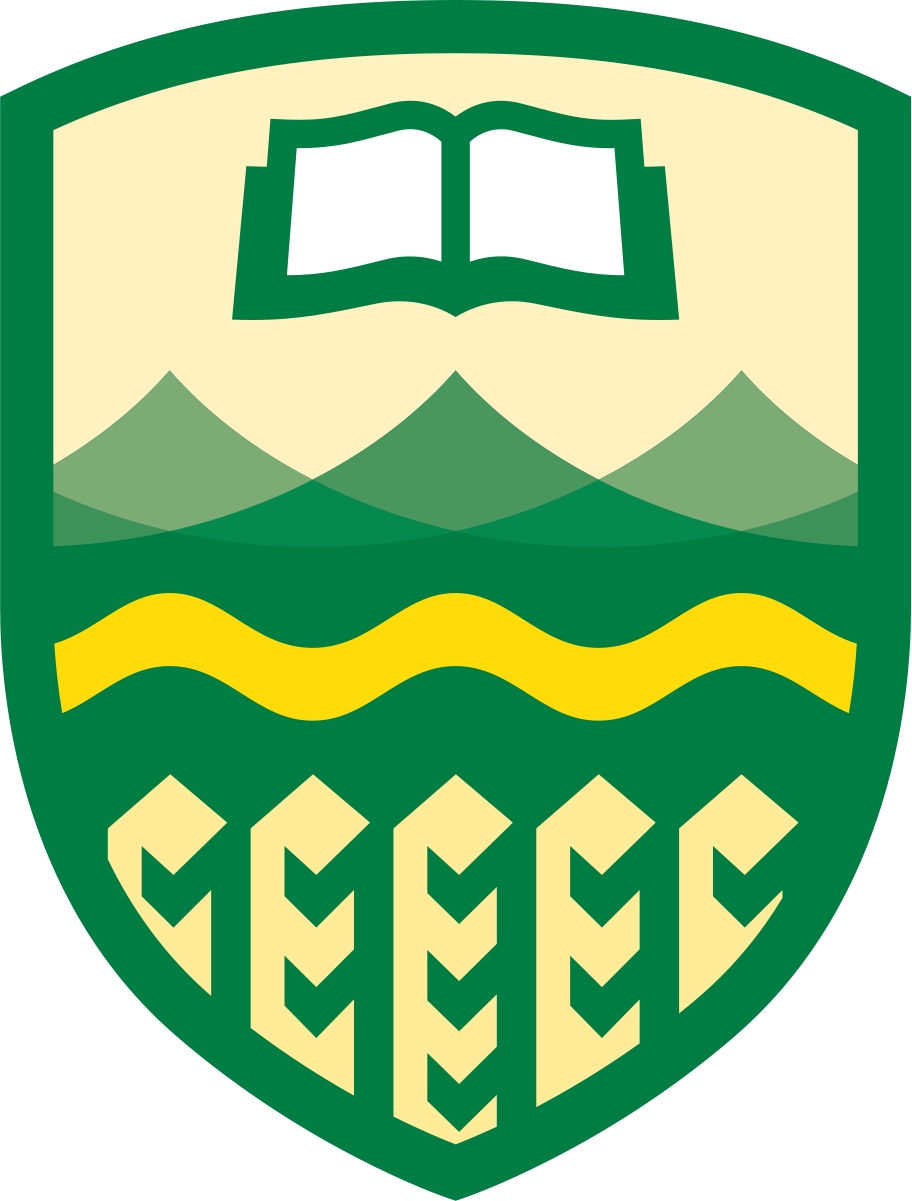Problem A
The Biggest Triangle
Three infinite lines define a triangle, unless they meet at a common point or some of them are parallel.
![\includegraphics[width=0.8\textwidth ]{triangles.pdf}](/problems/biggesttriangle/file/statement/en/img-0001.png)
Given a collection of infinite lines, what is the largest possible perimeter of a triangle defined by some three lines in the collection?
Input
The first line of input contains a single integer $n$ ($3 \leq n \leq 100$) indicating the number of infinite lines.
The next $n$ lines describe the collection of infinite lines. The $i^{\textrm{th}}$ such line contains four integers $x_1, y_1, x_2, y_2$ ($-10\, 000 \leq x_1, y_1, x_2, y_2 \leq 10\, 000$) where $(x_1, y_1) \neq (x_2, y_2)$ are two points lying on the $i^{\textrm{th}}$ infinite line.
Output
Display a single real value which is the perimeter of the largest triangle that can be formed from three of the infinite lines. Your output will be considered correct if it is within an absolute or relative error of $10^{-5}$ of the correct answer.
If no triangle can be formed using the given lines, then you should instead display the message no triangle.
| Sample Input 1 | Sample Output 1 |
|---|---|
3 0 0 0 1 0 0 1 0 0 1 1 0 |
3.4142135624 |
| Sample Input 2 | Sample Output 2 |
|---|---|
3 0 0 0 1 0 0 1 0 0 0 1 1 |
no triangle |
| Sample Input 3 | Sample Output 3 |
|---|---|
4 0 0 0 1 0 4 3 0 0 0 1 0 -1 -1 1 1 |
12.0000000000 |

